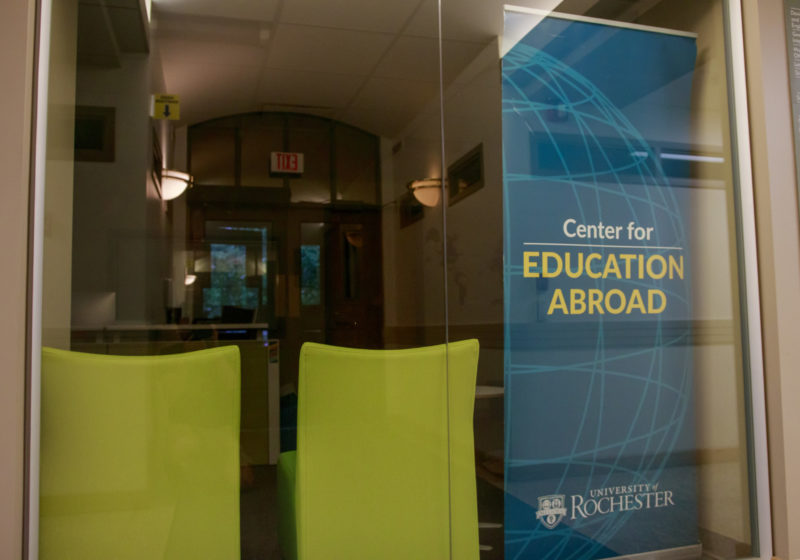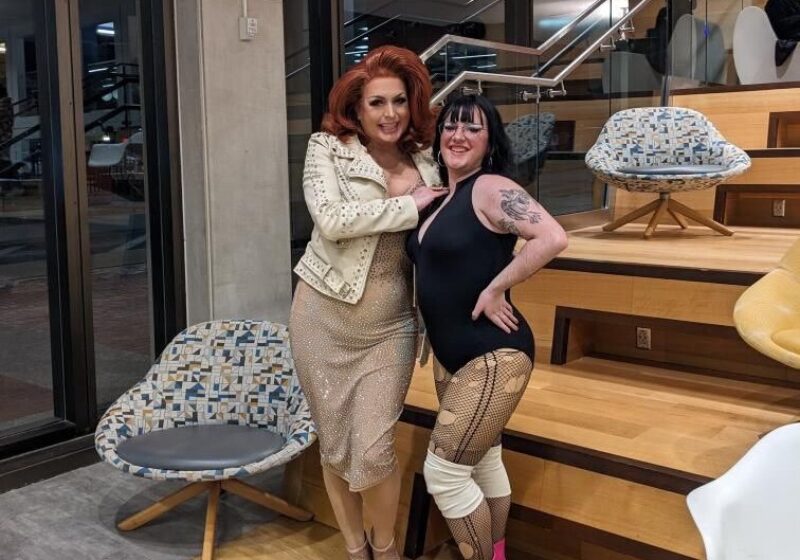Underpaid teachers, overcrowded classrooms, lack of psychological support for students — the list of problems with America’s education system just goes on. Let’s set aside the political and policy issues in our education system for the moment, and talk about our social understanding of education and what a “good” education really means.
In the United States, it has become the social norm to accept a liberal arts education as the peak of quality education. This status symbol has trickled down from elite liberal arts universities all the way to secondary schools in the form of prized AP curriculums and the pressure to have a “well-rounded” education. At the high school level, students face extreme pressure to achieve high grades, which they’re told is the only way to get accepted into elite universities. They are given the impression that their future prospects consist only of going to a liberal arts college or making do with a high school education to work unskilled jobs. We need to broaden our perspective of what a successful career path looks like — and how education systems shape that.
Let’s look around the world at other education systems. In Germany and Switzerland, for example, students are filtered into one of three different educational paths based on their achievement in primary and middle school. Those who excel academically enter the “Gymnasium,” a secondary school where they will receive a broad general education preparing them to go on to liberal arts undergraduate and graduate schools. Others will go on to career and technical education secondary schools, from which they will have the options of entering a technical university or research university. For those who choose not to pursue a formal collegiate education, they will be nudged towards vocational schools that will then provide them with apprenticeships.
This is clearly not a perfect system. In making track judgements, only a student’s primary education is considered, which may exclude the possibility of them excelling academically later on. However, there is an idea here that the American education system is missing: Options for its students. Career and technical high schools are few and far between in the United States, and formal systems for apprenticeships are a thing of the past. Vocational education is looked down upon even though it provides concrete skill sets more targeted towards the needs of the manual workforce. In addition, students for whom college is out of the question — financially or academically — should be formally presented with these opportunities rather than facing the binary of struggling through standardized, test-focused high school curriculums or dropping out.
At the college level, America’s tunnel-vision focus on the liberal arts has consequences. UR is the exception these days in a sea of schools with strict core curricula and overbearing distribution requirements. As for the majority of universities though, that’s not the case. There is value to the broad idea of “teaching students how to think” through liberal arts, but is it really worth forcing students to spend almost two years slogging through classes they may not be remotely interested in? Students who go from top high schools to top universities may spend all four years of high school and an additional two in college trudging through general education requirements when they could be focusing on a specialization of their choice. For students who excel in one academic area and struggle in others, overly strict distribution requirements can feel especially unnecessary and demoralizing.
Compare this to Britain’s system, where students often choose a specialization as early as their second year of high school and proceed to become experts in that subject before even reaching university. Students from top British secondary schools may graduate prepared for high-level study in their subject in a way that might take two additional years of schooling after high school to reach in the United States. We cannot deny the dangers of specializing too early, and so it seems that the examples above represent two extremes — either forcing students to determine a subject and career path before they’ve even reached adulthood and had time to explore all of their interests, or leaving them unable to gain the concrete skills they need in favor of slogging through gen-eds.
In the United States, education has simultaneously become too specialized and not specialized enough. There is a place and a time, and more importantly a person, a student, who fits each of these different types of education — from the traditionally accepted liberal arts, to career-focused schools, to vocational apprenticeships. Accepting liberal arts as the beacon of higher education everywhere excludes many, from students who are not inclined towards it to those with a career roadmap in mind and no time to waste. It is time to broaden our perspective of the ideal education, take some lessons from education around the globe, and begin to tailor each student’s experience towards best supporting the individual instead of conforming to a generic social archetype.






